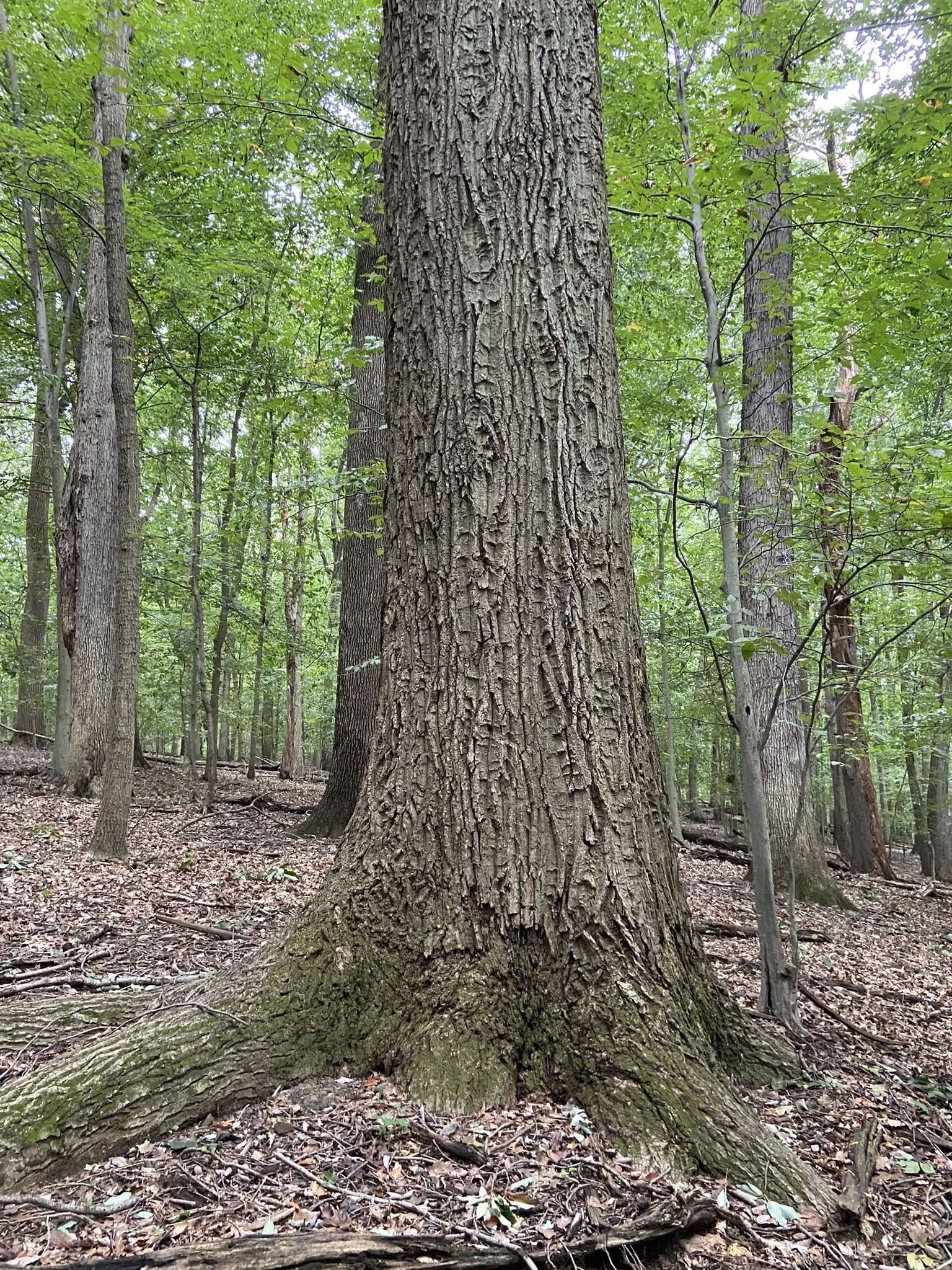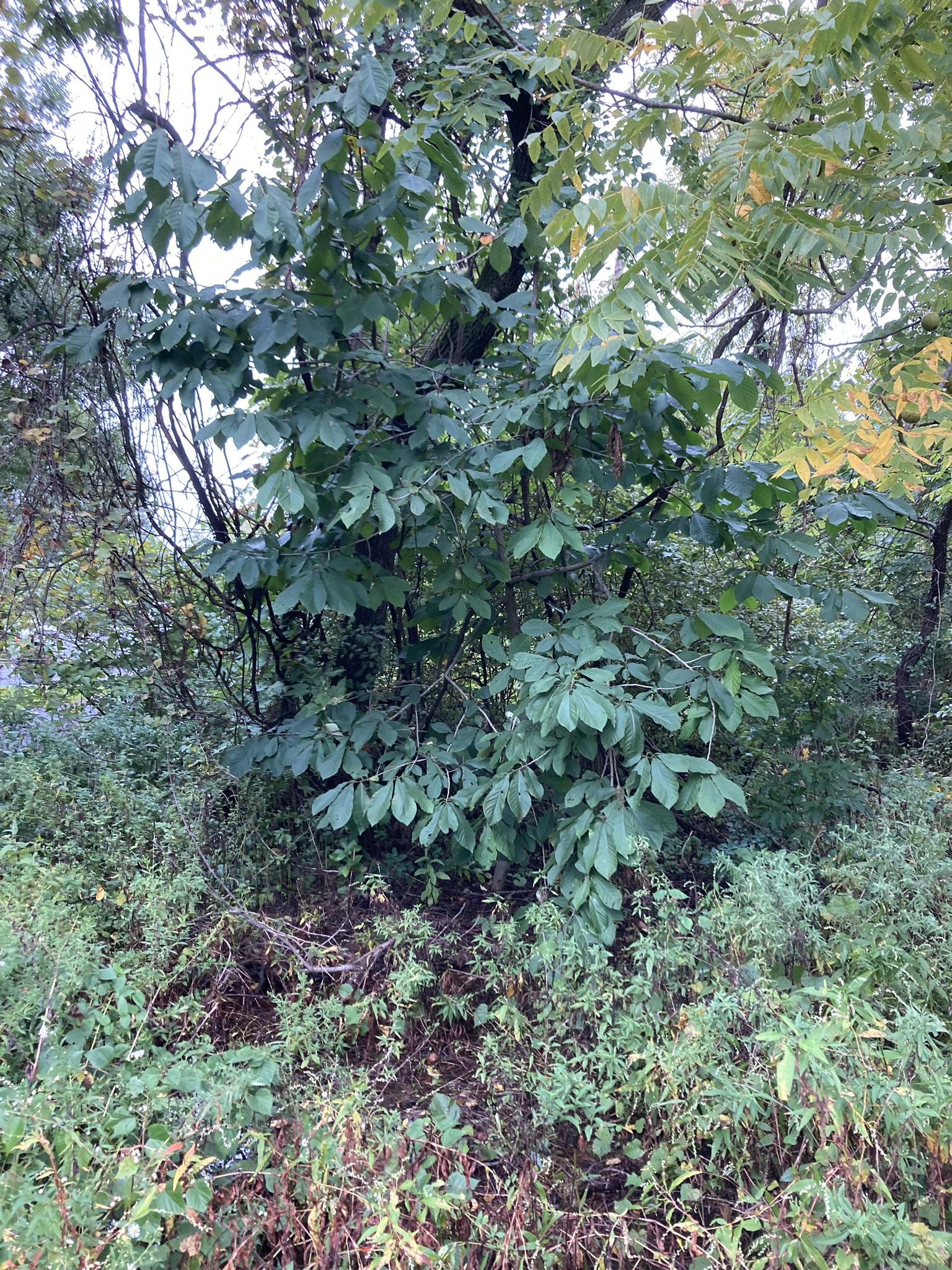 Image 1 of 9
Image 1 of 9

 Image 2 of 9
Image 2 of 9

 Image 3 of 9
Image 3 of 9

 Image 4 of 9
Image 4 of 9

 Image 5 of 9
Image 5 of 9

 Image 6 of 9
Image 6 of 9

 Image 7 of 9
Image 7 of 9

 Image 8 of 9
Image 8 of 9

 Image 9 of 9
Image 9 of 9










Chestnut Oak
🌳 Quercus montana (Chestnut Oak)
Deciduous Canopy Tree | Eastern U.S. Native | Ridge-Top Specialist | Keystone Wildlife Support
Highlights for Native Plant Enthusiasts:
🐛 Host plant for over 500 native Lepidoptera species, including the Luna Moth, Banded Hairstreak, and Zebra Swallowtail
🐿 Produces large, sweet white oak group acorns—an essential food for squirrels, deer, wild turkey, and blue jays
🪨 Naturally adapted to dry, rocky ridges, upland forests, and poor soils
🌿 Provides excellent canopy structure in oak-hickory forest restorations and ridge rewilding projects
🐦 Supports nesting habitat and critical caterpillar biomass for breeding songbirds
💪 Tolerates drought and nutrient-poor soils—resilient and low-maintenance once established
Growing Information:
Height: 50–70 ft | Spread: 40–60 ft
Soil: Dry to medium, well-drained soils; thrives in rocky, acidic, or sandy loam
Light: Full sun to part shade
Zones: 4–8
Type: Long-lived deciduous canopy tree
Group: White oak group (sweet acorns, more readily eaten by wildlife)
Why Native Growers Love It:
Quercus montana is the backbone of eastern ridgetop and upland ecosystems—a sturdy, long-lived oak that holds the soil, feeds the wild, and supports one of the highest biodiversity loads of any native tree. Its thick, furrowed bark, chestnut-like leaves, and broad crown make it a handsome and ecologically essential anchor species for dry-site plantings.
Perfect for restoring upland oak communities, enhancing pollinator and bird habitat, or rewilding tough urban soils, Chestnut Oak thrives where many trees struggle—a true partner in habitat resilience.
Seed-grown from wild-type, straight-species trees in native range.
Pairs well with black gum, hickories, mountain laurel, serviceberry, and American chestnut.
🛒 Plant Quercus montana—rebuild the ridges, nourish the food web, and grow with the forest for generations.
🌳 Quercus montana (Chestnut Oak)
Deciduous Canopy Tree | Eastern U.S. Native | Ridge-Top Specialist | Keystone Wildlife Support
Highlights for Native Plant Enthusiasts:
🐛 Host plant for over 500 native Lepidoptera species, including the Luna Moth, Banded Hairstreak, and Zebra Swallowtail
🐿 Produces large, sweet white oak group acorns—an essential food for squirrels, deer, wild turkey, and blue jays
🪨 Naturally adapted to dry, rocky ridges, upland forests, and poor soils
🌿 Provides excellent canopy structure in oak-hickory forest restorations and ridge rewilding projects
🐦 Supports nesting habitat and critical caterpillar biomass for breeding songbirds
💪 Tolerates drought and nutrient-poor soils—resilient and low-maintenance once established
Growing Information:
Height: 50–70 ft | Spread: 40–60 ft
Soil: Dry to medium, well-drained soils; thrives in rocky, acidic, or sandy loam
Light: Full sun to part shade
Zones: 4–8
Type: Long-lived deciduous canopy tree
Group: White oak group (sweet acorns, more readily eaten by wildlife)
Why Native Growers Love It:
Quercus montana is the backbone of eastern ridgetop and upland ecosystems—a sturdy, long-lived oak that holds the soil, feeds the wild, and supports one of the highest biodiversity loads of any native tree. Its thick, furrowed bark, chestnut-like leaves, and broad crown make it a handsome and ecologically essential anchor species for dry-site plantings.
Perfect for restoring upland oak communities, enhancing pollinator and bird habitat, or rewilding tough urban soils, Chestnut Oak thrives where many trees struggle—a true partner in habitat resilience.
Seed-grown from wild-type, straight-species trees in native range.
Pairs well with black gum, hickories, mountain laurel, serviceberry, and American chestnut.
🛒 Plant Quercus montana—rebuild the ridges, nourish the food web, and grow with the forest for generations.































